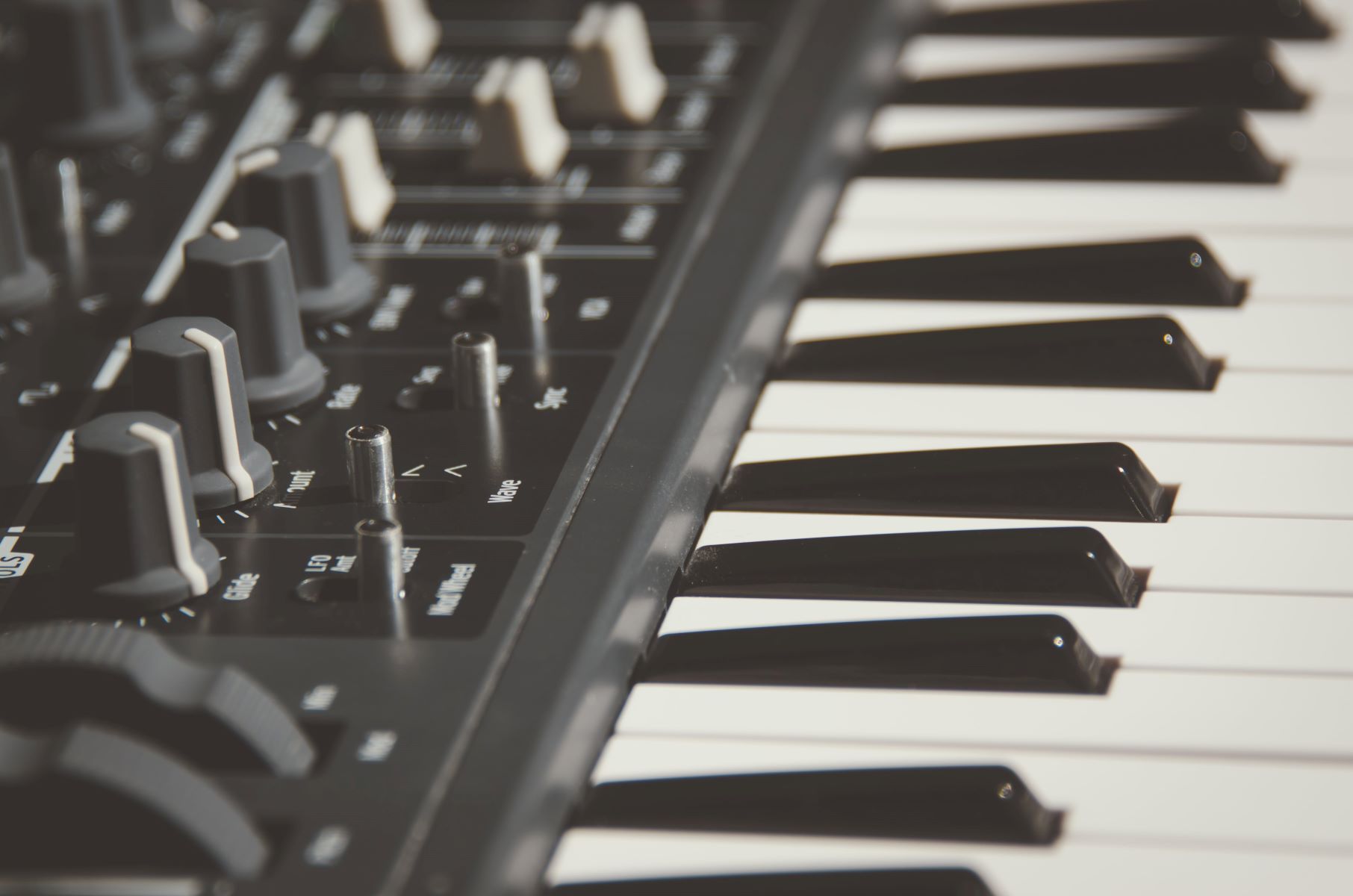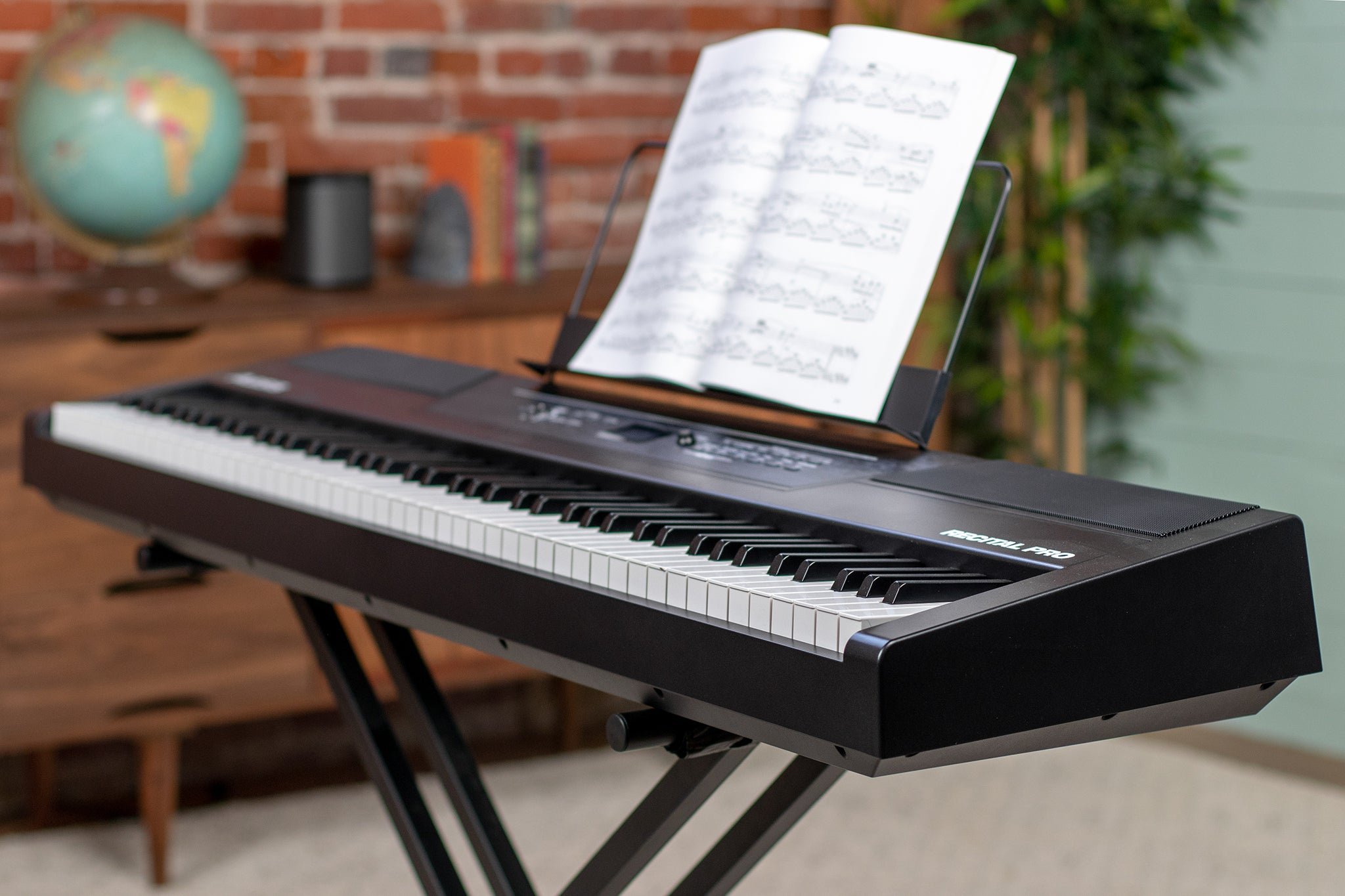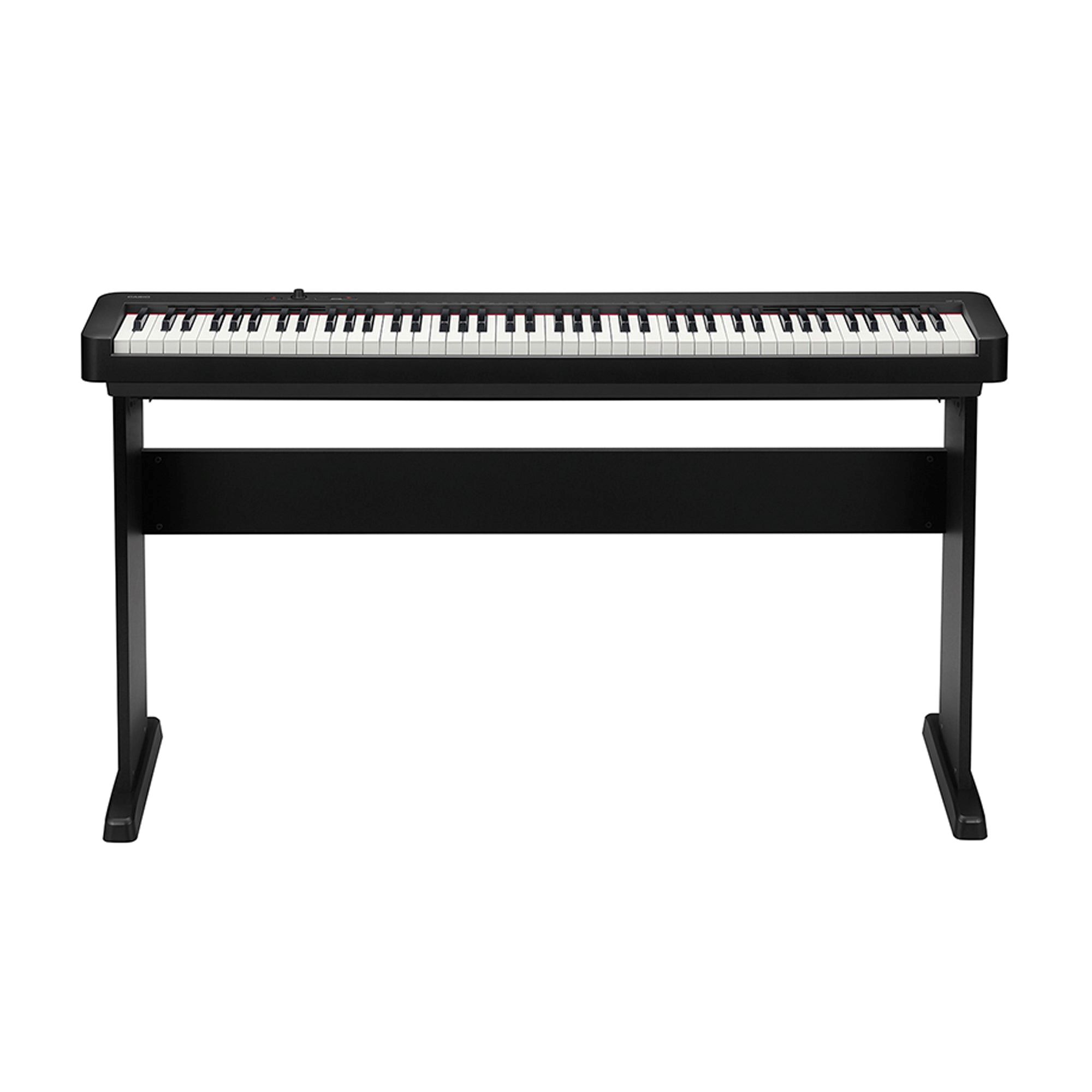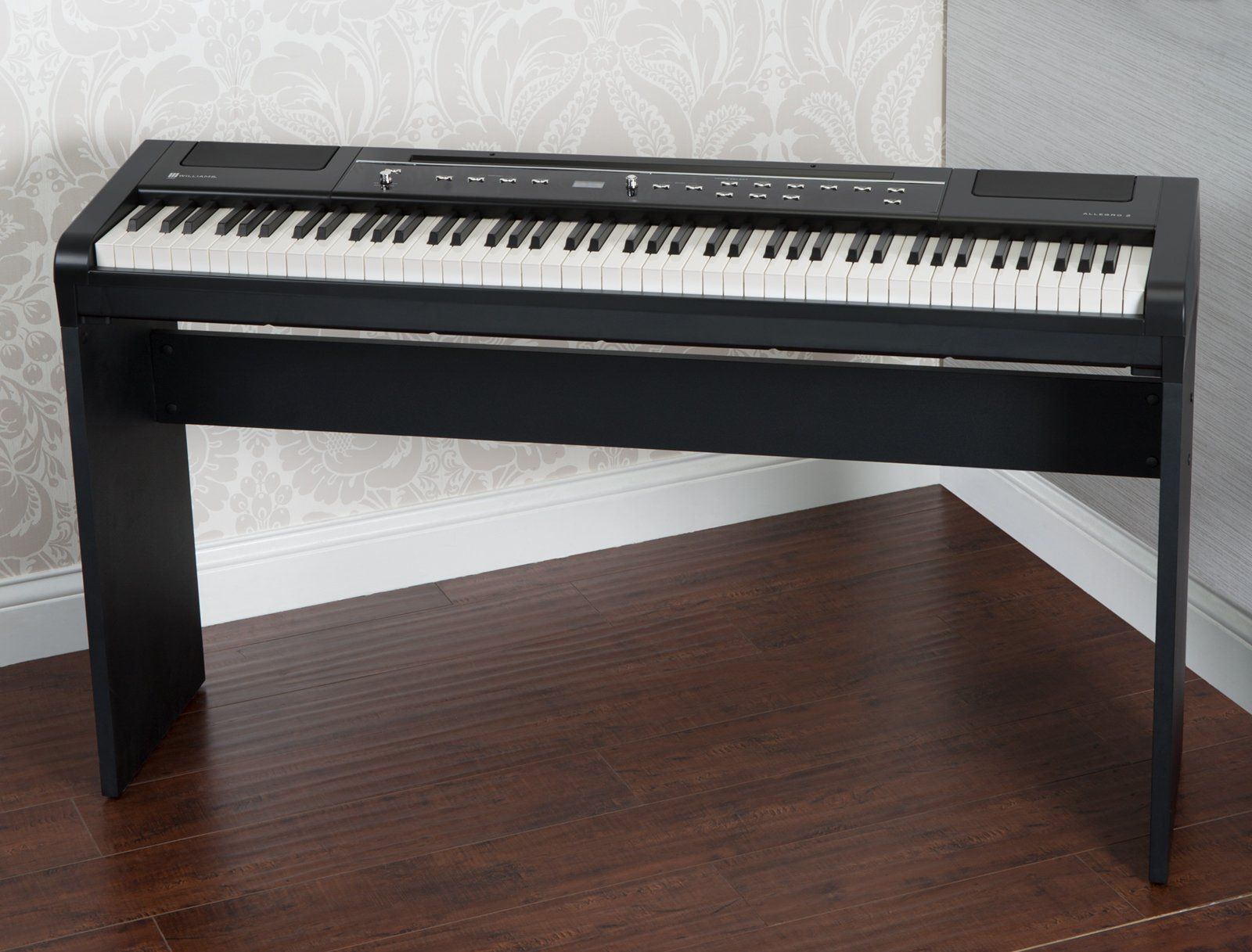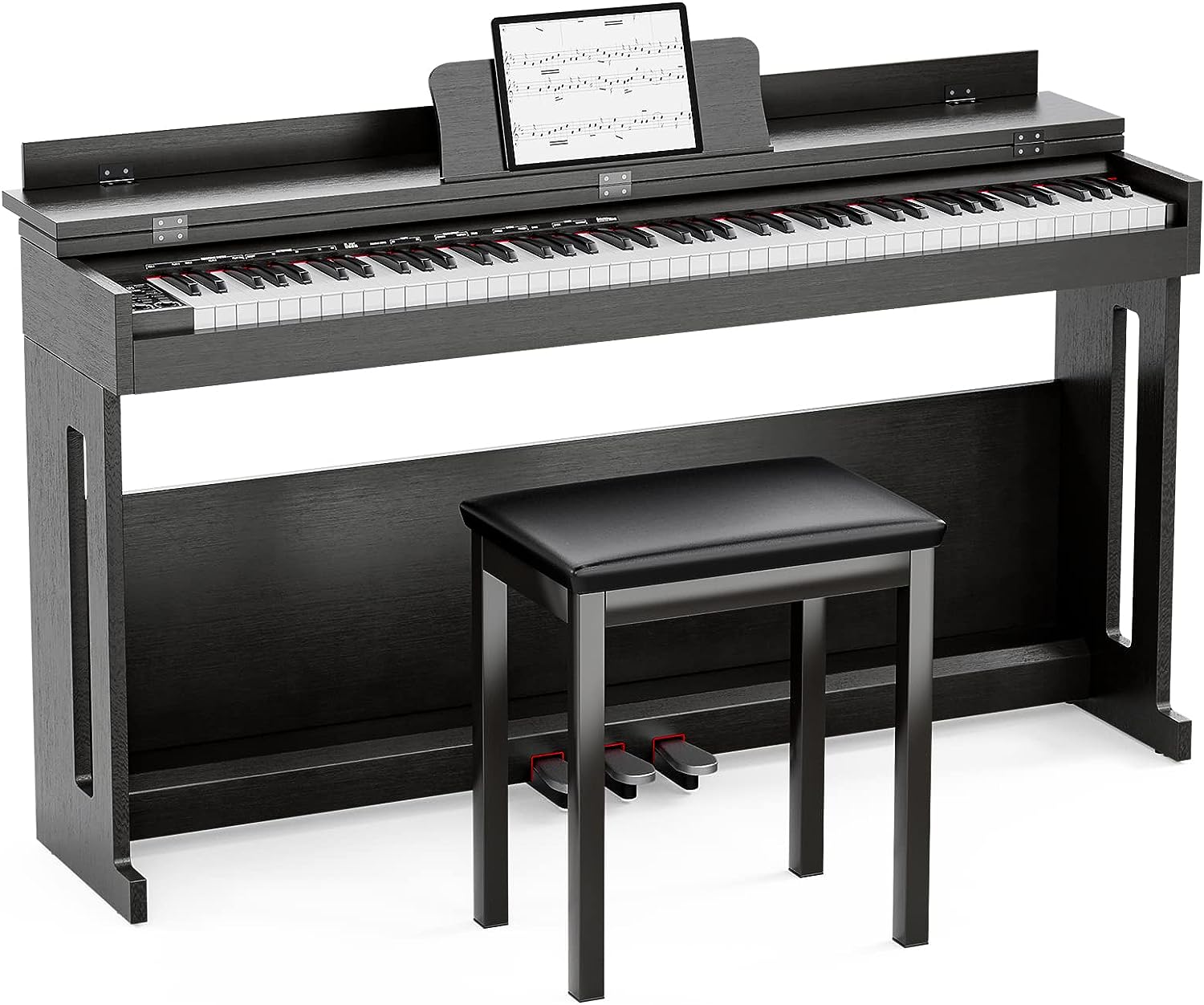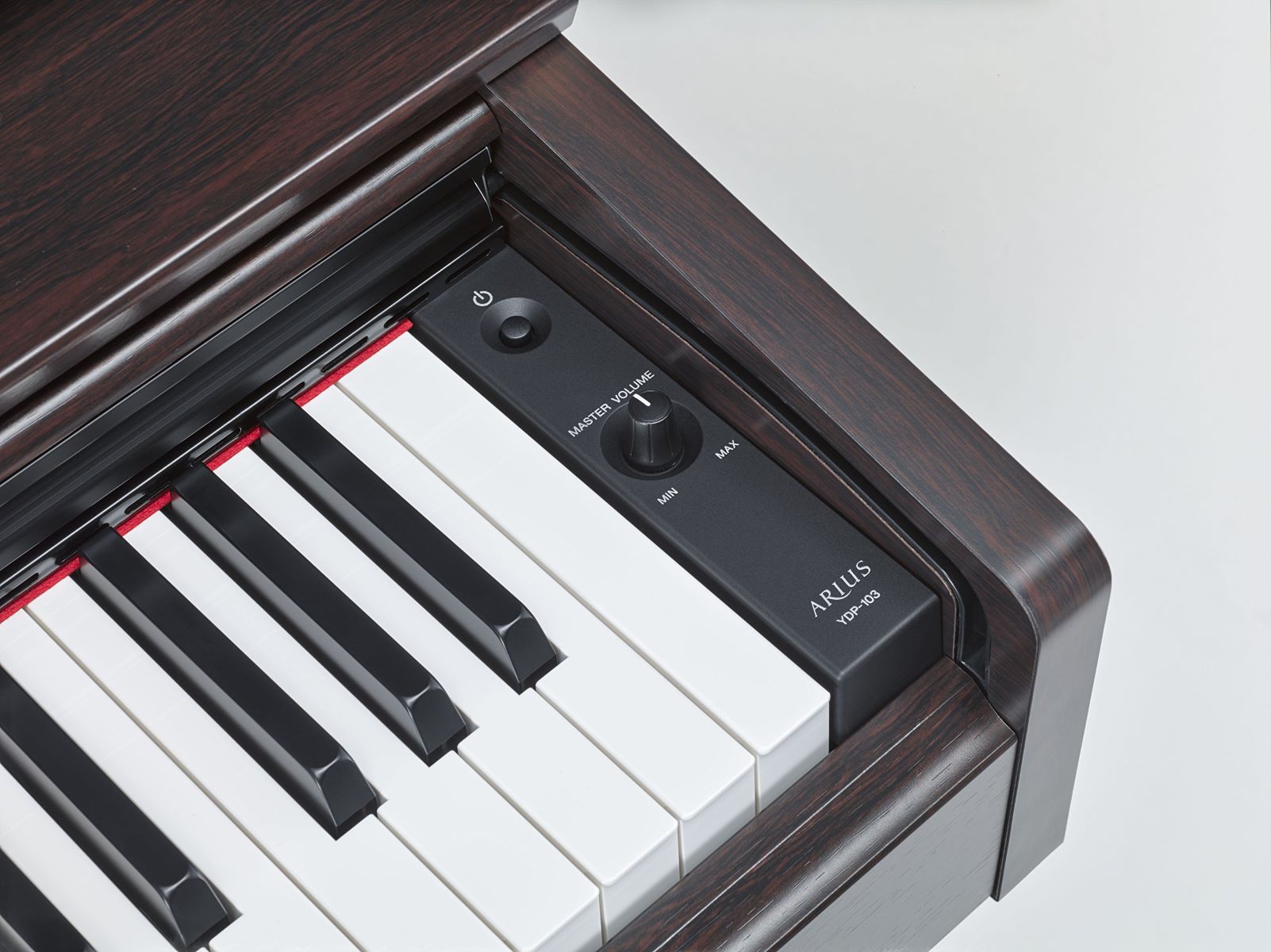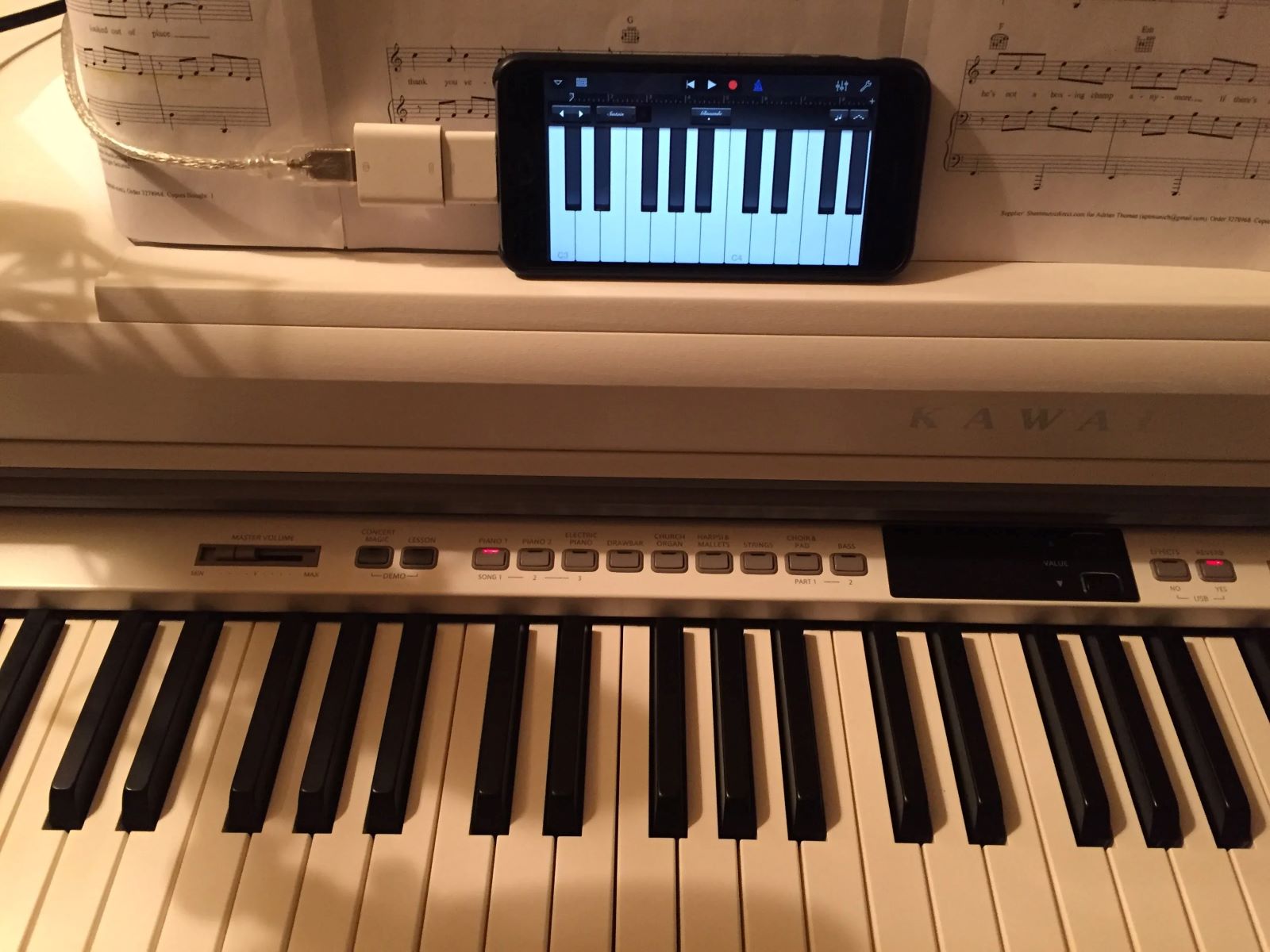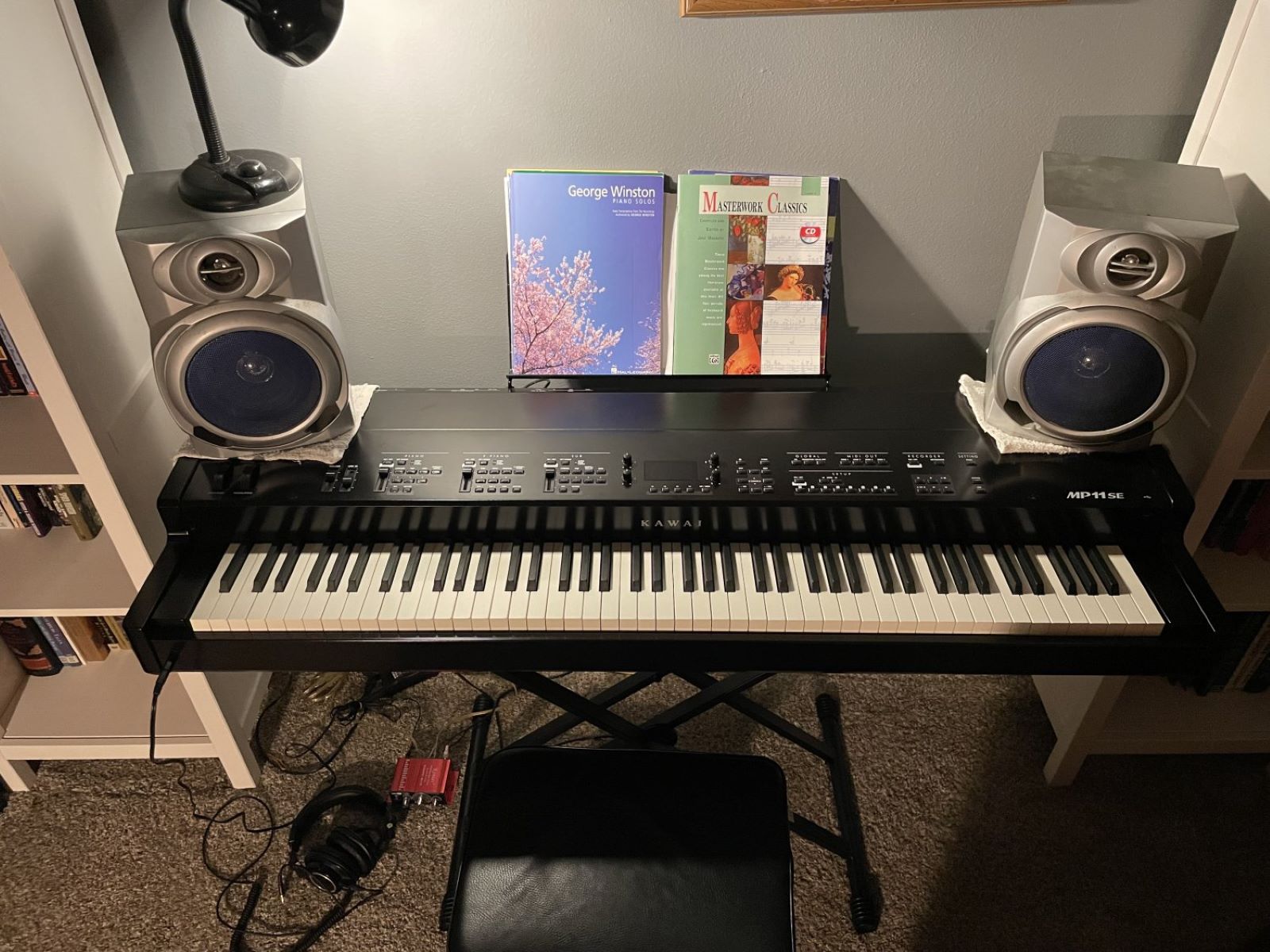Introduction
So, you've got a digital piano and a stereo system, and you want to experience the rich, dynamic sound of your piano through your stereo speakers. Connecting your digital piano to a stereo system can elevate your music-making experience, allowing you to enjoy the full range of tones and nuances produced by your instrument. Whether you're practicing at home, recording music, or simply want to amplify the sound for a larger audience, linking your digital piano to a stereo system can significantly enhance the audio quality.
In this guide, we'll walk you through the process of connecting your digital piano to a stereo system, providing step-by-step instructions and valuable tips to ensure a seamless and effective setup. By the end of this tutorial, you'll be ready to enjoy the immersive sound of your digital piano through your stereo speakers, bringing your musical performances to life in a whole new way.
Music has the power to evoke emotions, tell stories, and create unforgettable moments. By connecting your digital piano to a stereo system, you're taking a step towards enhancing the sonic impact of your music, whether it's for your personal enjoyment or for sharing with others. Let's dive into the process of connecting these two powerful musical components, and unlock the full potential of your digital piano's sound.
Step 1: Gather the Necessary Cables and Equipment
Before you begin connecting your digital piano to a stereo system, it’s crucial to gather the essential cables and equipment required for the setup. Here’s a list of items you’ll need:
- Audio Cables: Depending on the audio output options available on your digital piano and the input ports on your stereo system, you may need one or more audio cables. The most common types are 1/4-inch TS cables, 1/4-inch TRS cables, or RCA cables. Ensure that the cable lengths are sufficient to reach from your digital piano to the stereo system.
- Adapter or Converter (if necessary): If your digital piano has a different audio output type than the input ports on your stereo, you may need an adapter or converter to ensure compatibility. For example, if your piano has a 1/4-inch output and your stereo system accepts RCA inputs, you’ll need a suitable adapter to bridge the connection.
- Power Supplies: Ensure that both your digital piano and stereo system are powered on and ready for the connection process. If your stereo system requires batteries or a power adapter, make sure it’s adequately powered.
By gathering these items beforehand, you’ll streamline the setup process and avoid interruptions when you’re ready to connect your digital piano to the stereo system. Having the right cables and equipment at hand will ensure a smooth and efficient transition to the next steps in the setup process.
Step 2: Locate the Audio Output on Your Digital Piano
Before you can connect your digital piano to a stereo system, you’ll need to locate the audio output on your instrument. The location and type of audio output can vary depending on the model and make of your digital piano. Here are the typical audio output options you may encounter:
- 1/4-inch TS (Tip-Sleeve) Output: Many digital pianos feature a 1/4-inch TS output, which is a mono unbalanced connection. This type of output is commonly used for connecting to amplifiers, mixers, or audio interfaces.
- 1/4-inch TRS (Tip-Ring-Sleeve) Output: Some digital pianos may offer a 1/4-inch TRS output, which provides a balanced stereo connection. This type of output is suitable for connecting to professional audio equipment that supports balanced inputs.
- RCA Output: Certain digital pianos may have RCA outputs, which are typically used for connecting to home stereo systems, audio receivers, or other consumer audio devices. RCA outputs provide a stereo connection with left and right channels.
Once you’ve identified the type of audio output on your digital piano, take note of its location and any accompanying labels that indicate left (L) and right (R) channels. This information will be essential when connecting the piano to your stereo system, ensuring that the audio signals are routed correctly for optimal sound reproduction.
If you’re unsure about the type of audio output on your digital piano, refer to the manufacturer’s documentation or user manual for detailed specifications. Additionally, some digital pianos may have multiple audio output options, offering flexibility in connecting to various audio systems. Familiarizing yourself with the audio output options on your piano sets the stage for the next steps in the connection process.
Step 3: Connect the Digital Piano to the Stereo
Now that you’ve gathered the necessary cables and located the audio output on your digital piano, it’s time to establish the connection to your stereo system. Follow these steps to ensure a proper and secure connection:
- Choose the Right Cable: Select the appropriate audio cable based on the output type of your digital piano and the input ports on your stereo system. Ensure that the cable length is sufficient to reach from the piano to the stereo without tension or strain.
- Connect the Cable to the Piano: If your digital piano has a 1/4-inch output, insert one end of the cable into the corresponding output jack. For RCA outputs, use a suitable cable with RCA connectors. If your piano has a balanced output, make sure to use a balanced cable for optimal audio quality.
- Identify the Input on the Stereo: Locate the appropriate input ports on your stereo system. Depending on the available inputs, such as 1/4-inch, RCA, or others, choose the matching input for the cable from your digital piano.
- Connect to the Stereo: Insert the other end of the cable into the selected input on your stereo system. Ensure a secure connection to prevent accidental disconnection or audio interruptions during use.
- Power On and Test: Power on your digital piano and stereo system, then play a few notes or chords on the piano to verify that the audio is being transmitted to the stereo. Adjust the volume levels on both the piano and the stereo to ensure balanced sound output.
By following these steps, you’ll establish a direct audio connection from your digital piano to the stereo system, enabling you to enjoy the full sonic capabilities of your instrument through high-quality speakers. The correct setup and secure connections are essential for achieving optimal sound reproduction and minimizing potential audio issues.
Step 4: Test the Connection and Adjust the Settings
After connecting your digital piano to the stereo system, it’s important to test the audio connection and make any necessary adjustments to optimize the sound output. Follow these steps to ensure that the connection is working correctly and to fine-tune the settings:
- Play Various Musical Passages: Begin by playing different musical passages on your digital piano, ranging from soft, delicate melodies to more robust and dynamic pieces. This will allow you to assess how the sound is transmitted through the stereo system and how it captures the nuances of your playing.
- Listen for Clarity and Balance: Pay attention to the clarity and balance of the sound coming from the stereo speakers. Ensure that both the low and high frequencies are well-represented, and that the stereo imaging effectively reproduces the spatial characteristics of your piano’s sound.
- Adjust the Stereo Settings: If your stereo system offers adjustable settings such as equalization (EQ), balance, or spatial effects, experiment with these controls to tailor the sound to your preference. Make subtle adjustments to enhance the tonal qualities and spatial presence of the piano’s sound.
- Check for Latency or Delay: Play percussive and rhythmic passages on the piano to detect any latency or delay in the sound reproduction through the stereo system. A responsive and immediate audio output is crucial for maintaining the natural feel of your playing.
- Verify Overall Sound Quality: Take a moment to critically evaluate the overall sound quality and fidelity of the audio transmitted from your digital piano to the stereo. Ensure that the connection delivers a faithful representation of your piano’s timbre and dynamics.
By testing the connection and adjusting the settings, you can fine-tune the audio output to achieve an immersive and accurate representation of your digital piano’s sound through the stereo system. This process allows you to optimize the sonic experience and tailor the audio characteristics to suit your musical preferences and playing style.
Conclusion
Connecting your digital piano to a stereo system opens up a world of sonic possibilities, allowing you to experience the full range and depth of your instrument’s sound. By following the steps outlined in this guide, you’ve successfully established a direct audio connection from your digital piano to the stereo, unlocking the potential for enhanced musical enjoyment and performance.
Through the process of gathering the necessary cables and equipment, locating the audio output on your digital piano, and establishing a secure connection to the stereo, you’ve taken a significant step towards enriching your musical experience. The ability to hear your piano’s sound resonating through high-quality stereo speakers can elevate your practice sessions, recordings, and live performances, adding a new dimension to your musical expression.
Testing the connection and adjusting the settings has allowed you to fine-tune the audio output, ensuring that the sound transmitted from your digital piano to the stereo system accurately captures the nuances and dynamics of your playing. This attention to detail and sonic refinement contributes to a more immersive and satisfying musical experience, whether you’re playing for yourself or sharing your music with others.
As you continue to explore the capabilities of your connected digital piano and stereo system, don’t hesitate to experiment with different musical genres, playing styles, and audio settings. Embrace the versatility and richness of the sound produced by your instrument, and let the synergy between your digital piano and stereo system inspire your musical creativity and passion.
By integrating your digital piano with a stereo system, you’ve expanded the sonic landscape of your musical journey, allowing the expressive power of your instrument to resonate with clarity and depth. Embrace the immersive sound, explore new musical horizons, and let the harmonious blend of your digital piano and stereo system enrich your musical endeavors.







